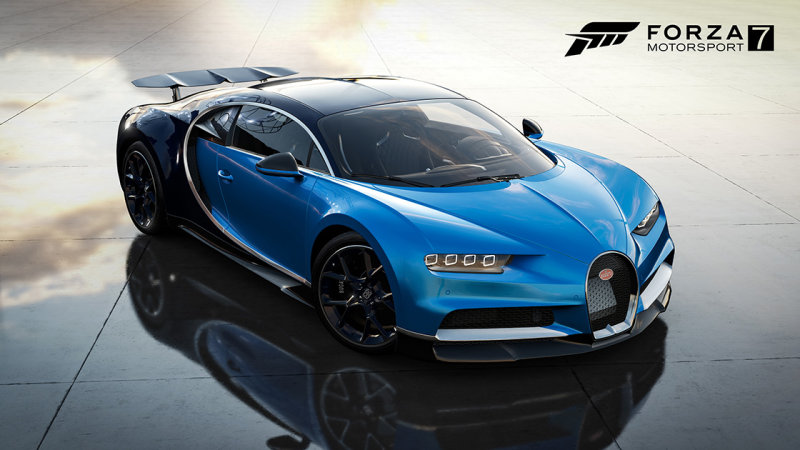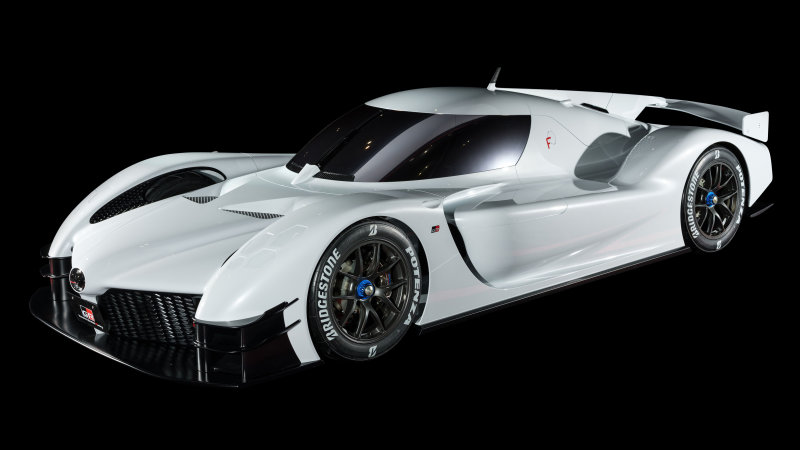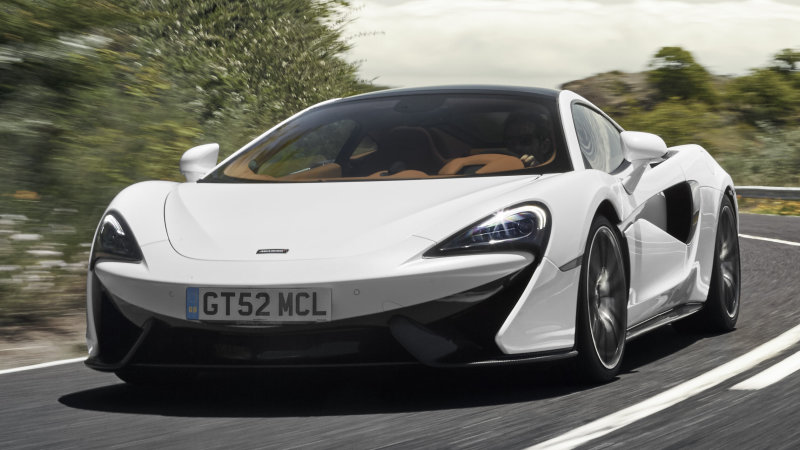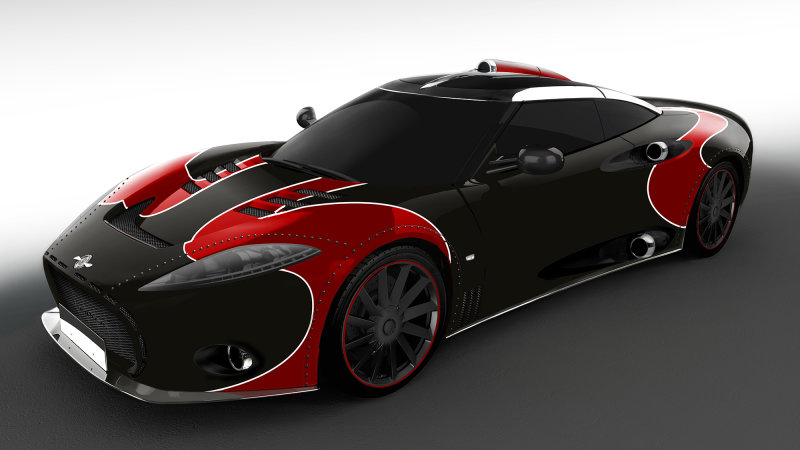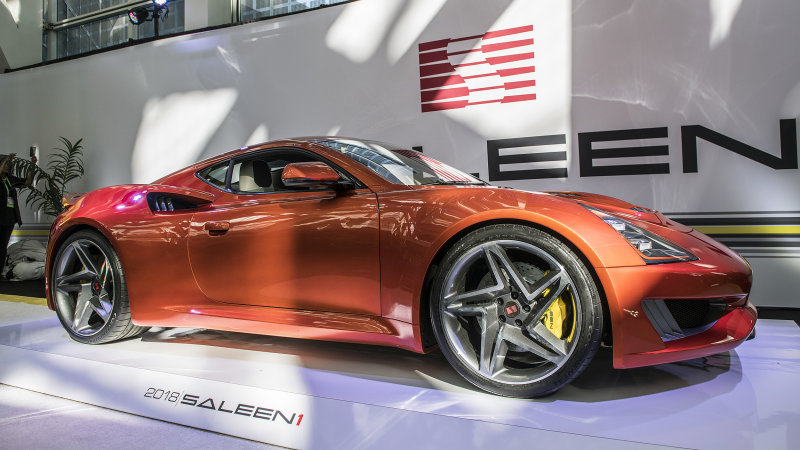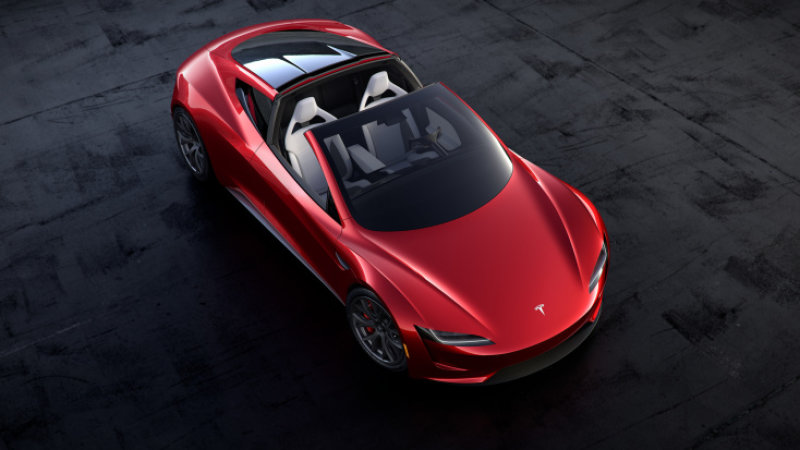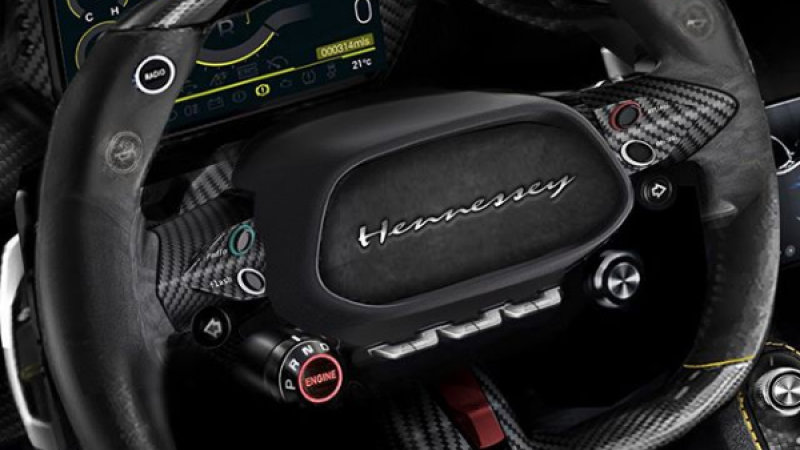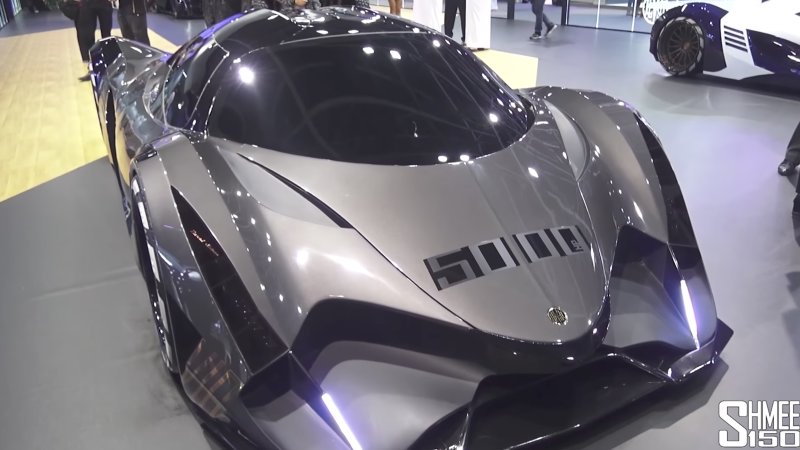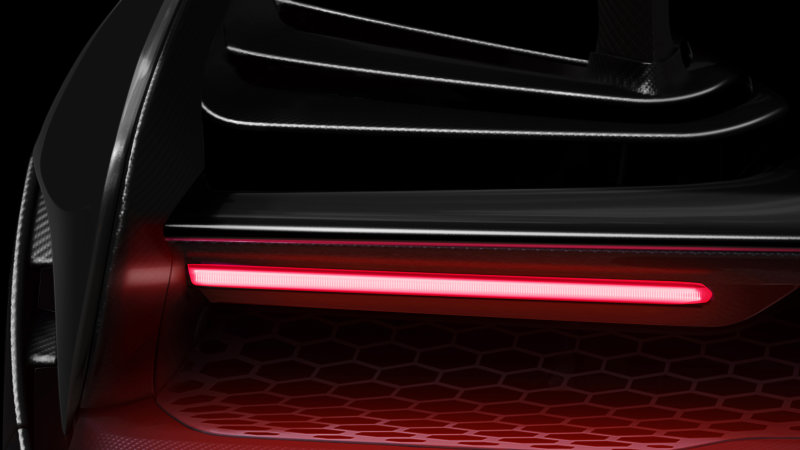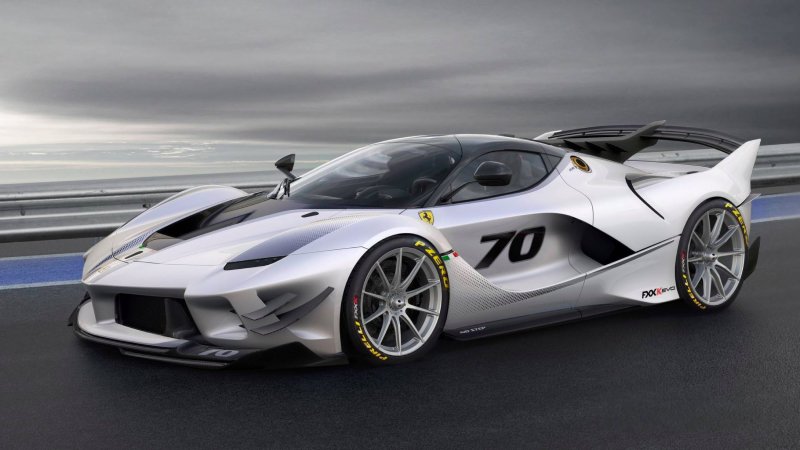The 2019 BMW i8 Roadster was shown to the world for the first time today at the LA Auto Show. In fact, BMW was so extremely intent on making sure everyone knows that it’s the first time in recorded human history that there has been a BMW i8 Roadster, it used the (redundant) term “first-ever” 29 times in the 10-page press release. So, although the i8 Coupe has been on sale since 2014, just so we’re crystal clear, there has never been a convertible version before. Cool? We get it? Great, moving on.
The electrically operated soft-top roof opens and closes in less than 16 seconds, folding in three segments into a vertically oriented ‘Z’ and uniquely stowing behind the passenger compartment in a perpendicular position. That, in addition to a 3.5-cubic-foot storage area takes the place of the Coupe’s +2 back seats. We can’t imagine anyone will miss them. The 4.7 cu.-ft. trunk is untouched.
Similar to the outgoing BMW 6 Series, the rear window is separate from the convertible roof, allowing it to act as a wind deflector when raised. It automatically does so by about 2 inches when the roof is lowered, but the driver can alter its height to adjust air flow as desired.
The roof itself is also noteworthy for its construction, much like the entire carbon-fiber-extensive i8. The aluminum elements that connect the roof to the body are produced using a 3D printing process. According to BMW, this breaks new ground in the automotive industry, allowing “the topologically optimized bracing to be produced in geometric form, which would not be possible using conventional casting techniques and ensures an optimal balance between component rigidity and weight.” Nifty.
In total, the i8 Roadster weighs 3,513 pounds – 132 more than the i8 Coupe.

Yet, the 2019 i8 news doesn’t end with the addition of the convertible. Both body styles have been updated with an updated lithium-ion battery pack. Battery cell capacity is up from 20 to 34 ampere hours and gross energy capacity has been raised considerably from 7.1 kilowatt hours to 11.6. The result is a bump in the electric motor’s output to 141 horsepower (up 12 hp) and the ability to more greatly rely on electric power while under way. Preliminary figures peg all-electric range at 18 miles (up from 15) and it can now reach 65 mph without the use of its gasoline three-cylinder engine.
Speaking of its old-fangled propulsion unit, that 228-hp turbo three-pot has been updated to sound a bit better and generate lower emissions. Altogether, BMW says the i8 Coupe will hit 60 mph in 4.2 seconds, while the i8 Roadster will do it in 4.4.
Other updates include new E-Copper and Donnington Grey exterior paint colors, and a new Tera World Copper interior trim (pictured above) described as a “high-end option featuring cloth/leather upholstery in an Amido/E-Copper color scheme.” You know, Amido, like “my son’s favorite color is Amido.” There’s no word if that’s the first-ever use of it in the automotive industry.
Sales of both the 2019 BMW i8 Roadster and Coupe will begin in Spring 2018, with pricing announced closer to launch.
Related Video:

